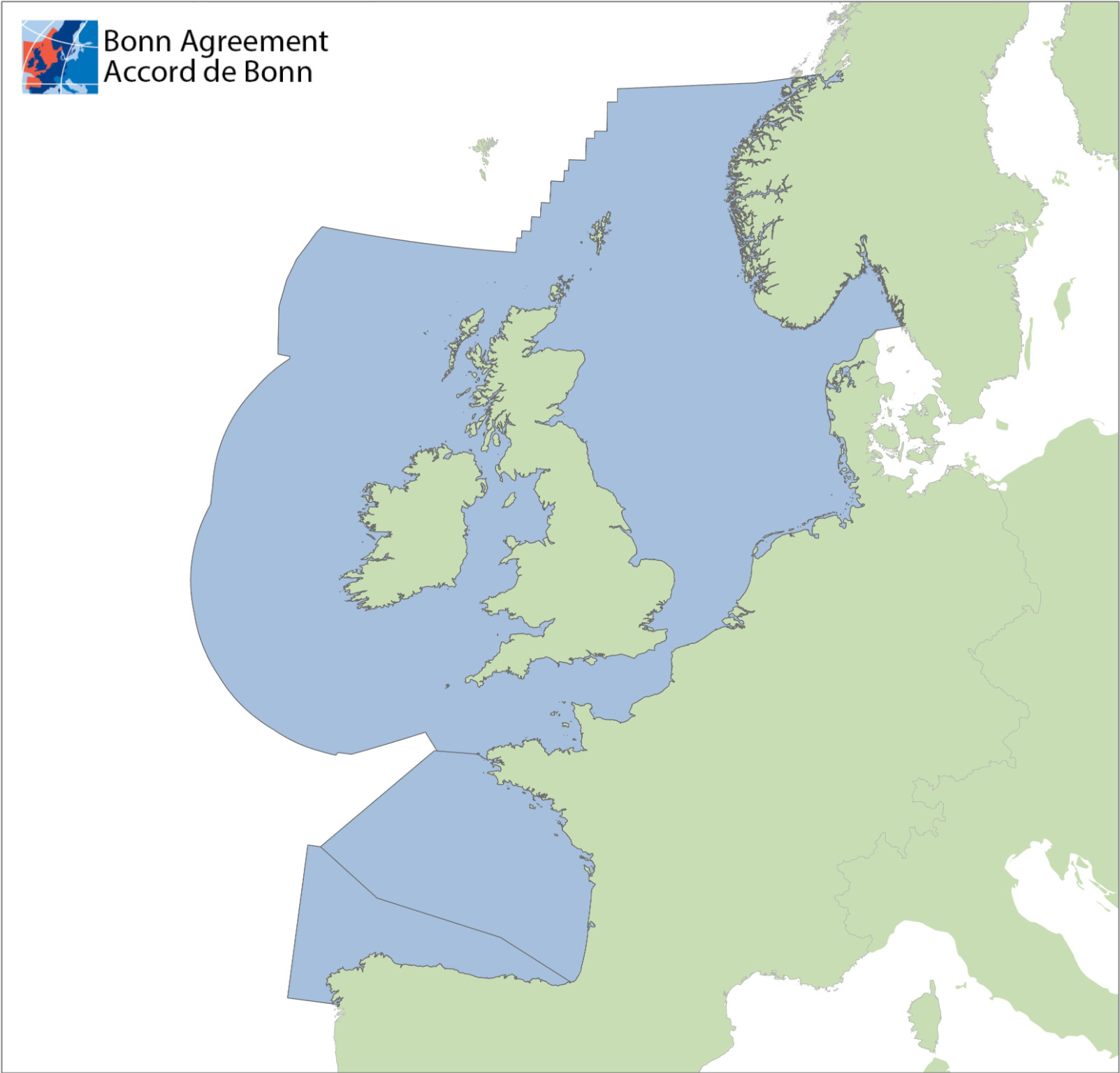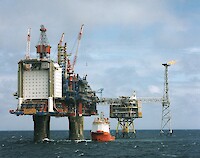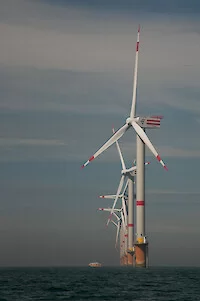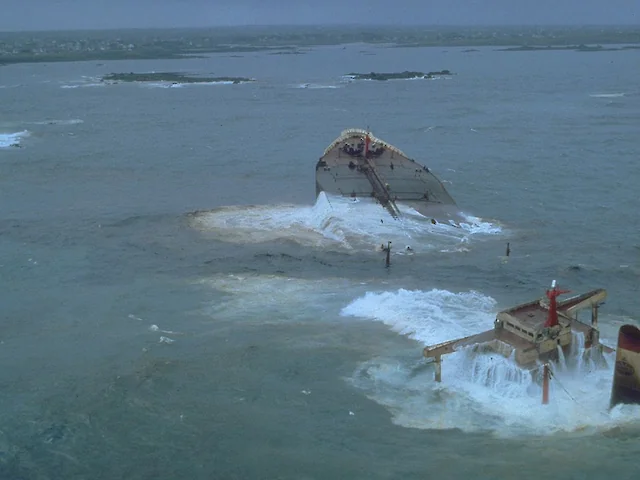Greater North Sea and its Wider Approaches
The Bonn Agreement Area covers the Greater North Sea and its Wider Approaches, one of the busiest sea areas in the world with many commercial interests vying for space alongside the need for nature protection and space for recreational activities.

Marine traffic
The North Sea is important for marine transport and its shipping lanes are among the busiest in the world. It has several major ports located along its coasts such as Rotterdam, the busiest port in Europe, Antwerp, Hamburg, Bremerhaven and Felixstowe, all busy container seaports, as well as the Port of Bruges-Zeebrugge, Europe's leading RoRo port. Navigation can also be difficult because of coastal sand banks, frequent fog and intense winter storms.
Many different types of vessel share the shipping routes in the North Sea such as service boats for offshore industries, fishing boats, sport and pleasure craft and merchant ships travelling to and from the North Sea and Baltic Sea ports. Over 400 commercial vessels use the Dover Strait every day. The Strait is under full radar surveillance and operates a Traffic Separation Scheme (TSS).
The North Sea coasts are home to numerous canals and canal systems to facilitate traffic between and among rivers, artificial harbours and the sea. The Kiel Canal links the North Sea and the Baltic Sea and is the busiest man-made waterway in the world. The North Sea Canal connects Amsterdam with the North Sea.
Offshore oil and gas
 North Sea oil is a mixture of liquid oil and natural gas produced from oil reservoirs beneath the North Sea. The first licenses for the extraction of oil and gas in the North Sea were issued in 1964. Exploration began the next year followed by the discovery of oil and gas fields throughout the following decades to the present day. Great Britain and Norway have become major producers of oil and gas. Denmark, Germany and the Netherlands are also involved in production in the North Sea.
North Sea oil is a mixture of liquid oil and natural gas produced from oil reservoirs beneath the North Sea. The first licenses for the extraction of oil and gas in the North Sea were issued in 1964. Exploration began the next year followed by the discovery of oil and gas fields throughout the following decades to the present day. Great Britain and Norway have become major producers of oil and gas. Denmark, Germany and the Netherlands are also involved in production in the North Sea.
Offshore oil production involves environmental risks, most notably oil spills from oil tankers or pipelines transporting oil from the platform to onshore facilities, and from leaks and accidents on the platform. Some oil is discharged in produced water (the water produced from oil and gas wells alongside the oil and gas). This is usually at low concentrations, in most cases below 30 parts per million.
Offshore wind farms
 Over the past 15 years, energy production by offshore wind farms has emerged as a new use of coastal and shallower offshore waters. The development of large-scale offshore wind farms is being driven by demands for increased renewable energy production as a result of policies to reduce reliance on fossil fuels and the effects of climate change. The EU is committed to having 20% of its energy production from renewable sources by 2020.
Over the past 15 years, energy production by offshore wind farms has emerged as a new use of coastal and shallower offshore waters. The development of large-scale offshore wind farms is being driven by demands for increased renewable energy production as a result of policies to reduce reliance on fossil fuels and the effects of climate change. The EU is committed to having 20% of its energy production from renewable sources by 2020.
The trend in offshore wind farms is towards bigger wind farm projects and larger turbines. When looking at wind farms currently under construction per sea basin, it is clear that the North Sea will continue to be the main region for offshore deployment in Europe.
